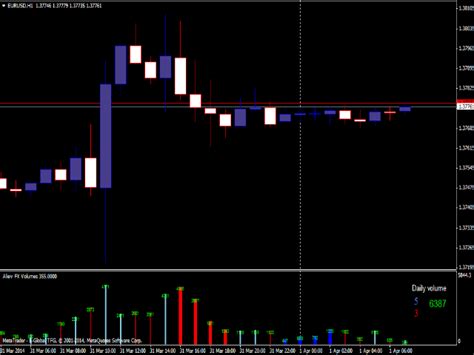“Crypto Market Volatility: Understanding Risk Assumptions and Market Volumes in a Multi-Chain Environment”
As the cryptocurrency market continues to rapidly evolve, investors must navigate a complex landscape of diverse assets, decentralized exchanges (DEXs), and innovative platforms. Understanding risk assumptions and market volumes, which are critical factors influencing price movements and overall market performance, is essential to making informed decisions.
Market Volume: A Key Indicator of Market Health
Market volume refers to the number of transactions executed on a given cryptocurrency exchange or platform over a given period of time. High trading volume may indicate strong demand for a particular asset, while low volume may indicate diminished interest. In the context of crypto markets, market volumes are typically expressed in units of coins traded.
For a popular altcoin like Bitcoin Cash (BCH), the average daily trading volume can range from 1-5 million transactions. This represents a trading volume of around $100-500 million, which is significant compared to traditional fiat currencies or stocks. In comparison, the average daily trading volume of the S&P 500 index is around $2-3 billion.
Multichain: A New Era of Decentralized Exchanges
The multichain era has emerged as a major development in the crypto space, offering investors a number of decentralized exchanges (DEXs) and marketplaces to trade a wide range of cryptocurrencies. These platforms, such as Binance, Kraken, and Huobi, provide users with unparalleled flexibility and control over their trading experience.
The advantages of multichain are:
- Decentralization: Investors can access a variety of assets across multiple exchanges, reducing reliance on a single central authority.
- Flexibility

: Multichain platforms often offer advanced trading features, including margin trading, futures contracts, and stablecoins.
- Increased Liquidity: With multiple exchanges to choose from, investors can choose the one that best suits their needs and risk tolerance.
However, multichain also presents challenges:
- Scalability: Some decentralized exchanges may experience slow transaction processing times or high fees, limiting trading volume.
- Security Risks: The increasing number of participants on multichain platforms increases the potential for security breaches and hacks.
Risk Assessment: A Critical Factor in Crypto Market Volatility
Risk is inherent in investing in cryptocurrencies, as price movements can be unpredictable and can be influenced by a variety of factors, including market sentiment, regulatory changes, and external events. To mitigate risks, investors should assess their individual risk tolerance and investment objectives.
When assessing a cryptocurrency’s risk profile, consider the following:
- Volatility: Evaluate the asset’s historical volatility to gauge the potential for price fluctuations.
- Market Cap: Compare the asset’s market cap to the market value of other cryptocurrencies in the same space to assess its relative value.
- Technical Indicators: Use technical analysis tools such as moving averages and RSI to identify trends and potential buy/sell signals.
Conclusion
The crypto market is a dynamic and rapidly evolving environment, influenced by a complex interplay of factors such as market volumes, multi-chain platforms, and risk assessment. By understanding the intricacies of these elements and developing a well-founded investment strategy, investors can confidently navigate this challenging environment.
As the crypto market continues to mature, it is essential for investors to remain vigilant and adapt to changing market conditions. Remember, risk assessment is key to managing investments and navigating the ever-changing environment of cryptocurrencies.
Deixe um comentário